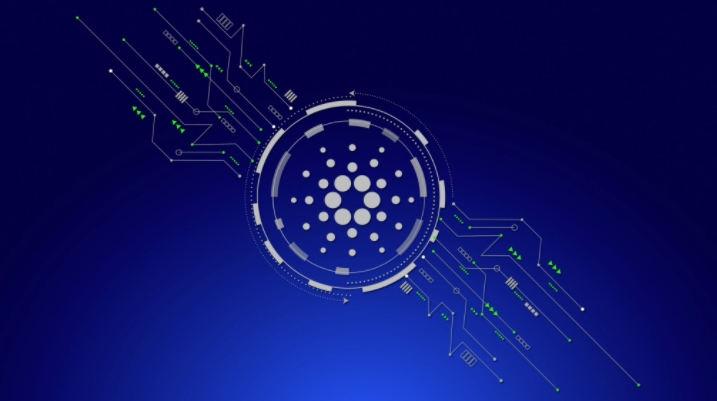Cardano calls itself the third generation of cryptocurrencies. But what are these three generations? First generation, Bitcoin. A sort of digital gold, perfect as a reserve of money but with many problems. First of all, scalability, or the ability of a blockchain to handle a certain number of transactions. Bitcoin can only process 5 transactions per second. It is also based on the Proof Of Work (POW), now almost obsolete and too inefficient, and which makes the commissions very high cardano blockchain.
Second generation, Ethereum (ETH). The great innovation brought by cryptocurrencies in this category and in particular by ETH are smart contracts. But what are they? Smart contracts are computer protocols that are used to digitize a contract. They are based on blockchain and are responsible for enforcing the contractual conditions to both parties involved. Second generation crypto still rely on POW and therefore still have scalability issues.
Third generation, Cardano. Its goal is to solve the three biggest problems of previous generations:
Scalability
Increase the number of transactions per second supported by the blockchain without affecting presentations.
Sustainability
Making its blockchain more energy efficient. Bitcoin in particular is extremely inefficient from this point of view. To be mined it requires a lot of energy which is often produced from non-renewable sources.
Interoperability
The ability between cryptocurrencies to collaborate. Hoskinson believes that in the next few years there will not be a single cryptocurrency to dominate, but many different ones will compete for the market.

Cardano will allow all of these coins to communicate with each other faster and easier via a protocol called KMZ. The latter will allow ADAs to instantly transfer to another blockchain with the same protocol.
Stratification of the blockchain
The Cardano blockchain also consists of two layers:
The first is the Cardano Settlement Layer (CSL) and deals with the trade of ada.
The second is the Cardano Computational Layer (CCL) and contains information on why a transaction occurred. This is where smart contracts will be executed.
This division into layers makes Cardano even more interesting. Since they are separated, the users of the second layer who use smart contracts can create rules and conditions that are not then applied to the entire structure. This is a great advantage and also represents a unique feature of Cardano. While this feature can’t be used now in the future, it could make a real difference.
Cardano (ADA): differences with Ethereum
Cardano has a lot in common with Ethereum. Charles Hoskinson, its founder, helped found the other project as well. Indeed, Cardano was born to defeat Ethereum and is in fact defined as its main competitor. First of all, the two projects have quite similar functionalities and objectives but are very different from each other.


